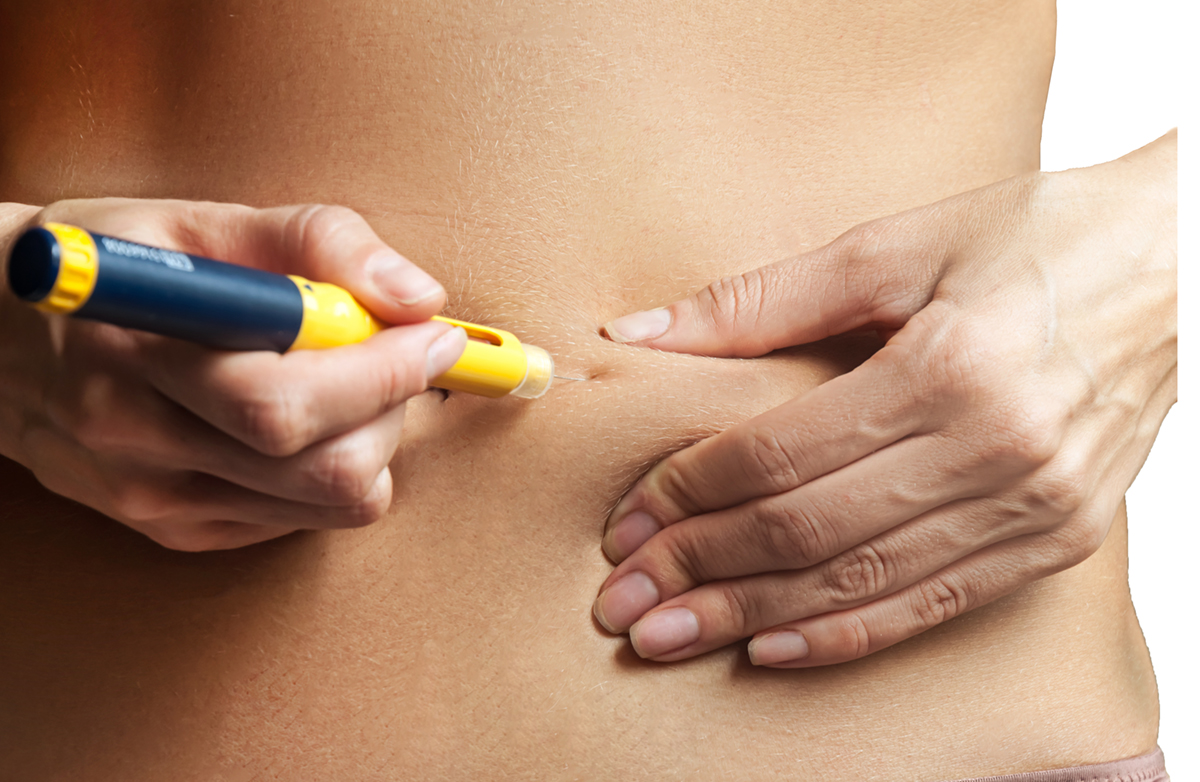Table of Contents
Many women rely on in vitro fertilization in the hope of conceiving. But often they are unaware of the fact that the high doses of hormones used in the procedure can lead to several side effects which not only affect them but may also affect their babies.
Many fertility clinics across Europe and Japan now employ low dose forms of IVF, According to the proponents of this technique, the low dose form of IVF is much safer compared to the high dose form of therapy. In this form of IVF, the ovaries are not suppressed at the beginning of the cycle and the hormone used for stimulating the ovaries are in low dose. Although the number of eggs released is much less compared to high dose IVF, the patient experiences fewer side effects.

In vitro fertilization is a form of assisted reproductive technology which normally involves five steps:
- Stimulation of the ovaries by means of fertility drugs so that ovaries produces more than one egg per cycle. During this step, the woman is made to undergo repeated trans-vaginal ultrasounds so observe the ovaries.
- Retrieval of the eggs from the follicles. This is an ultrasound guided technique wherein eggs are sucked out from their follicles. The process is carried out as an outpatient procedure under mild sedation.
- Insemination and fertilization of the eggs, wherein the eggs are kept with sperms in laboratory conditions till the time they are successfully fertilized. If the fertilization does not take place spontaneously, then the eggs are injected with sperms, a process called as intra-cytoplasmic sperm injection (ICSI).
- Embryo culture is the step wherein the fertilized egg is watched judiciously in environmentally controlled conditions till the time it starts dividing. The fertilized eggs may be screened for hereditary diseases, a process called as pre-implantation genetic diagnosis (PGD). This procedure helps the parents and the physicians to decide which embryos are most suitable for implantation. However, this procedure is not carried out in all the fertility clinics.
- Embryo transfer is the process wherein the fertilized embryo which has begun dividing, is placed back into the woman’s womb. It is normally done 4 to 5 days after fertilization has taken place. Once the embryo has been successfully implanted into the woman’s womb, it grows there and the IVF procedure is deemed successful. The unused embryos can be frozen and used at a later date.
Although IVF has given hope to a number of childless couples, the risks associated with the procedure must also be kept in mind. Life threatening OHSS can develop in 0.5 – 1 % of all IVF cycles. Moreover, the cost of a single cycle of high dose IVF can cost as much as $12,000 - $17,000. Most of the times, the expenses involved in IVF are not covered by the insurance companies. Keeping all these factors in mind, women opting for an IVF procedure must make an informed decision.
- “High Doses of Hormones Faulted in Fertility Care”, by Jacqueline Mroz, published in the July 16, 2012 issue of the New York Times, accessed on Aug 5, 2012.
- “In vitro Fertilization”, published in the Times Health Guide, accessed on August 5, 2012.
- “Risks and Complications of Assisted Fertilization”, by Richard Kennedy, published by the British Fertility Society, accessed on August 5, 2012.
- Photo courtesy of on Flickr: www.flickr.com/photos/zetson/2625383224
- Photo courtesy of on Flickr: www.flickr.com/photos/11304375@N07/6861660272
- http://www.nytimes.com/2012/07/17/health/research/high-doses-of-hormones-add-to-ivf-complications.html?pagewanted=all
- health.nytimes.com/health/guides/surgery/in-vitro-fertilization-ivf/overview.html
- www.fertility.org.uk/public/factsheets/conceptionrisks.html

